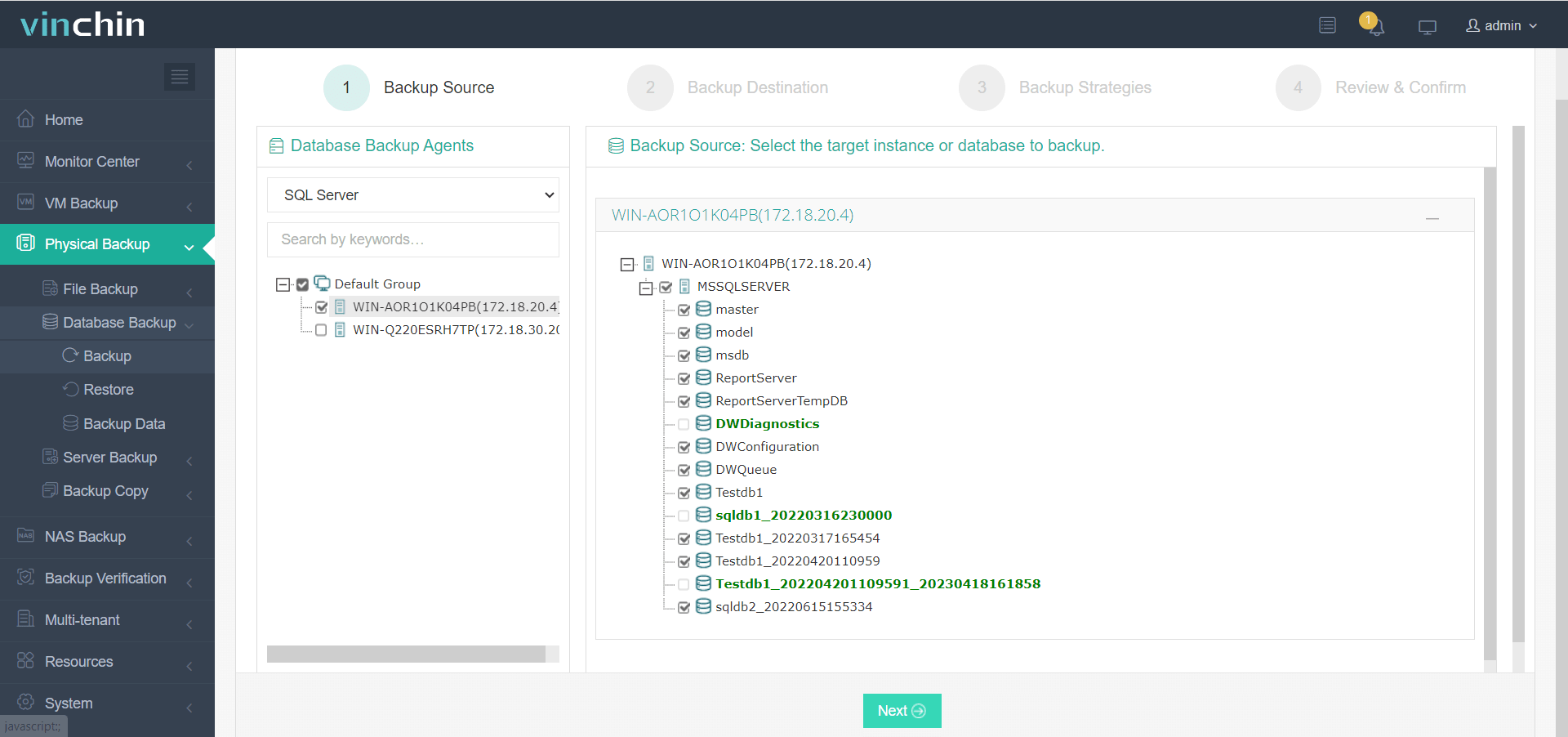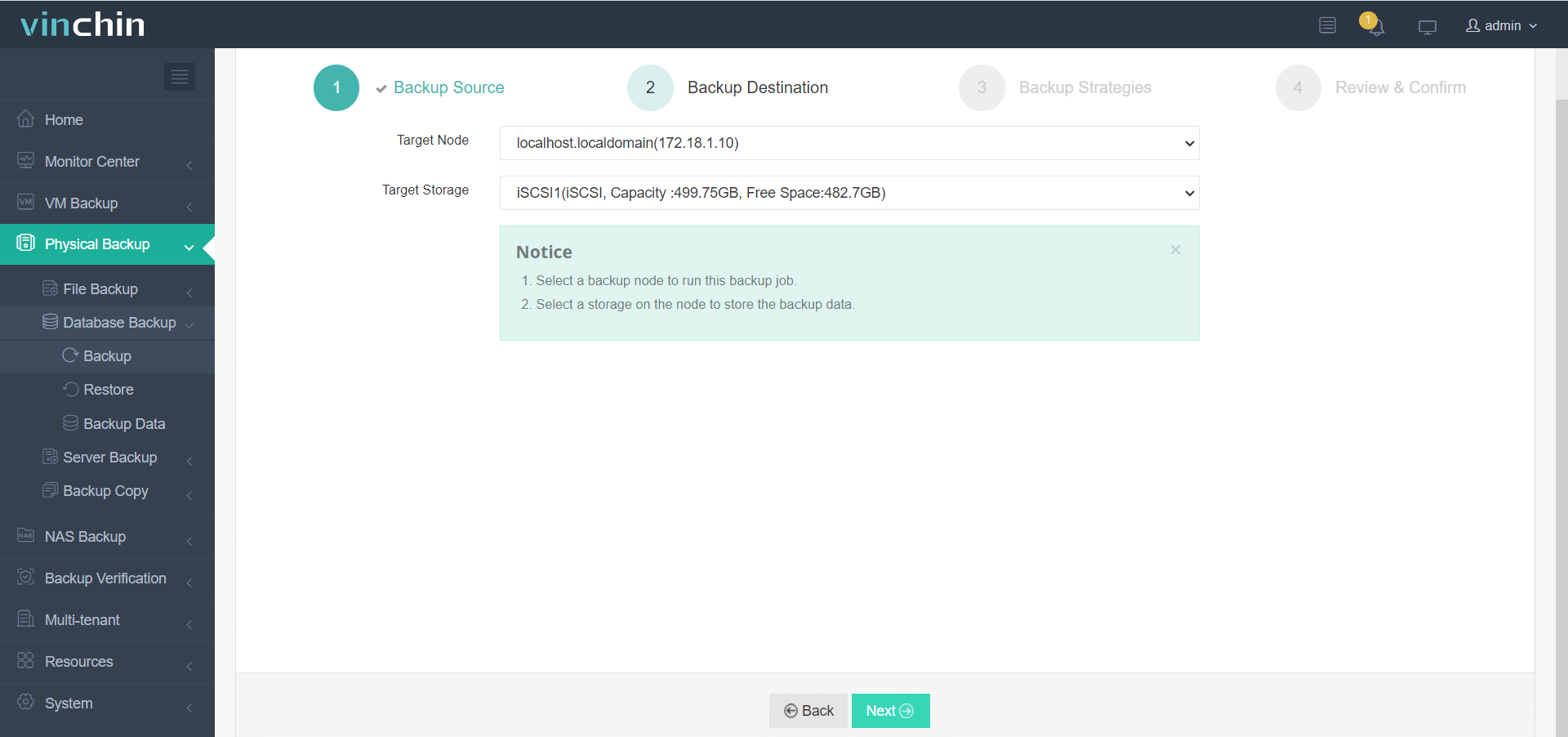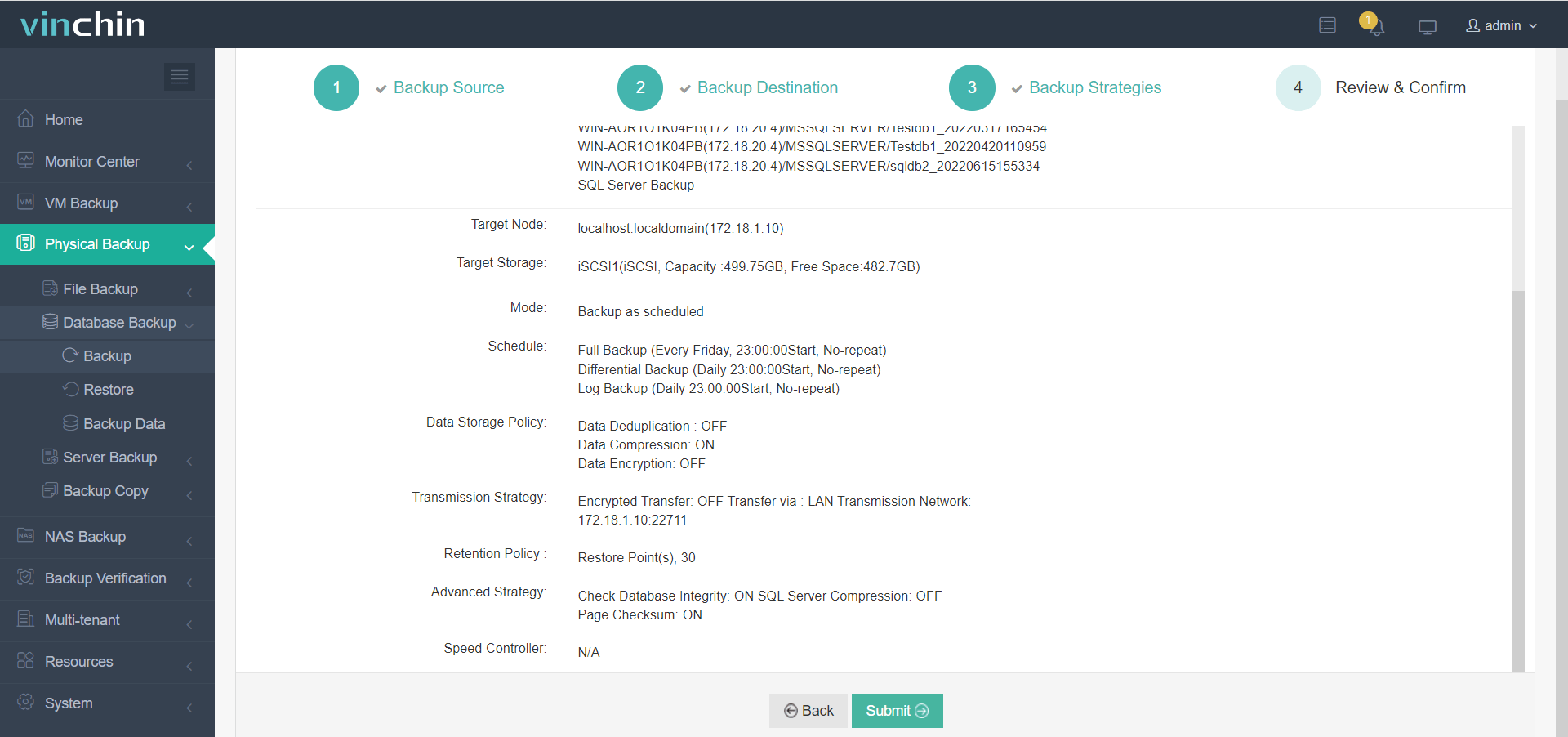-
What Is SQL Server Database in Recovery Mode?
-
Why SQL Server Database Enters Recovery Mode?
-
Method 1. Restoring from Backup Using SQL Server Management Studio
-
Method 2. Managing Transaction Logs with T-SQL Commands
-
Method 3. Repairing Database Corruption Using DBCC CHECKDB
-
Introducing Vinchin Backup & Recovery for Reliable Protection
-
SQL Server Database in Recovery Mode FAQs
-
Conclusion
Seeing yourSQL Server database in recovery mode can be stressful. You may wonder if your data is safe or how long the process will take. This guide explains what recovery mode means, why it happens, and how to fix it using proven methods. We’ll also show you how to prevent this issue in the future.
What Is SQL Server Database in Recovery Mode?
A SQL Server database enters recovery mode when it needs to restore itself to a consistent state. This usually happens after an unexpected shutdown, a crash, or during a restore operation. In recovery mode, SQL Server replays or undoes transactions to make sure your data is not corrupted. The process is automatic but sometimes takes longer than expected or gets stuck.
When a database is in recovery mode, it is not available for user access. SQL Server works through three phases: Analysis, Redo, and Undo. Once these are complete, the database comes back online. If the process fails, the database may become “suspect” or remain inaccessible.
Why SQL Server Database Enters Recovery Mode?
Several common reasons can cause a SQL Server database to enter recovery mode. Understanding these helps you respond quickly and avoid future problems.
First, an improper shutdown or server crash can leave transactions incomplete. SQL Server then analyzes and fixes these transactions during startup. Second, a large or full transaction log can slow down recovery—especially if there are many virtual log files (VLFs). Third, database corruption or hardware failures may force SQL Server to attempt recovery. Finally, restoring a database from backup or running certain commands can also trigger recovery mode.
Method 1. Restoring from Backup Using SQL Server Management Studio
Restoring from a backup is often the safest way to bring a database out of recovery mode—especially if corruption or data loss is suspected. This method uses SQL Server Management Studio (SSMS), a familiar tool for most administrators.
To restore a database from backup in SSMS: Open SQL Server Management Studio and connect to your server; in Object Explorer, right-click Databases and select Restore Database; in the Source section choose Device then click the ... button to browse for your backup file; select the backup set you want to restore; under Destination, confirm the database name; on the Restore options page check Overwrite the existing database (WITH REPLACE) if needed; click OK to start the restore.
Once complete, SQL Server will run recovery automatically. If the database was stuck due to corruption or missing files, restoring from a good backup usually resolves the issue. Before restoring any backup file in production environments, always verify its integrity using:
RESTORE VERIFYONLY FROM DISK = 'C:\Backup\YourDatabaseName.bak';
This simple step helps avoid surprises during critical restores.
Method 2. Managing Transaction Logs with T-SQL Commands
Sometimes a database gets stuck in recovery mode because the transaction log is too large or full. Managing the log with T-SQL commands can help bring the database back online.
First check the log status by running:
SELECT name, state_desc, log_reuse_wait_desc FROM sys.databases WHERE name = 'YourDatabaseName';
If the log is full due to lack of backups or active transactions, back up the log:
BACKUP LOG [YourDatabaseName] TO DISK = 'C:\Backup\YourDatabaseName_Log.trn';
After backing up the log file you may consider shrinking it—but do this only when necessary because shrinking logs frequently causes fragmentation and may hurt performance over time:
DBCC SHRINKFILE (YourDatabaseName_log, 1);
If you need to quickly free space or break a problematic log chain—and point-in-time restores are not required—you can change the recovery model to SIMPLE:
ALTER DATABASE [YourDatabaseName] SET RECOVERY SIMPLE;
Then shrink the log file again if needed. Once done, switch back to FULL recovery model if your environment requires point-in-time restores:
ALTER DATABASE [YourDatabaseName] SET RECOVERY FULL;
Method 3. Repairing Database Corruption Using DBCC CHECKDB
If your database is in recovery mode due to corruption you can use the DBCC CHECKDB command to repair it—but this should be your last resort because it may result in data loss.
First set the database to EMERGENCY mode:
ALTER DATABASE [YourDatabaseName] SET EMERGENCY;
Next set it to SINGLE_USER mode so only one connection is allowed:
ALTER DATABASE [YourDatabaseName] SET SINGLE_USER WITH ROLLBACK IMMEDIATE;
Now run the repair command:
DBCC CHECKDB ([YourDatabaseName], REPAIR_ALLOW_DATA_LOSS);
After repair set the database back to MULTI_USER mode:
ALTER DATABASE [YourDatabaseName] SET MULTI_USER;
Check the status of your database—it should come online if repair succeeded. Remember: REPAIR_ALLOW_DATA_LOSS will remove damaged data blocks; always try restoring from backup first when possible. If possible run DBCC CHECKDB without repair first to assess damage before taking action.
Introducing Vinchin Backup & Recovery for Reliable Protection
To proactively safeguard against issues like databases getting stuck in recovery mode on platforms such as Microsoft SQL Server—as well as Oracle, MySQL, MariaDB, PostgreSQL/PostgresPro and MongoDB—consider Vinchin Backup & Recovery as an enterprise-level solution designed for modern IT environments supporting today's mainstream databases.
Vinchin Backup & Recovery delivers robust features including advanced source-side compression for efficient storage usage on Oracle and SQL Server databases; incremental backup that minimize resource consumption across Oracle and other major platforms; batch scheduling capabilities for streamlined management at scale; flexible retention policies such as GFS retention policy for compliance needs; plus built-in ransomware protection ensuring business continuity even under threat scenarios—all accessible through one intuitive web console.
Backing up your Microsoft SQL Server with Vinchin Backup & Recovery typically involves just four steps:
1. Select source SQL Server database(s),

2. Choose target storage location(s),

3. Configure backup strategies,

4. Submit the job.

Join thousands of global organizations who trust Vinchin Backup & Recovery’s award-winning platform—try all features free for 60 days by clicking below!
SQL Server Database in Recovery Mode FAQs
Q1: How long should I wait for a SQL Server database in recovery mode to finish?
A1: Recovery time depends on both database size and recent activity; small databases may recover within minutes while large ones could take several hours.
Q2: Can I access data while the database is in recovery mode?
A2: No—the database remains unavailable until all phases of automatic recovery complete successfully.
Q3: What should I do if my database keeps entering recovery mode after every restart?
A3: Investigate root causes such as hardware issues or repeated crashes; check system event logs for disk errors; run DBCC CHECKDB on system databases; review autogrowth settings for both data files and logs.
Conclusion
Understanding why a SQL Server database enters recovery mode helps you act quickly when problems arise. By following proven methods—from restoring backups to managing logs—you keep downtime short and protect critical data. For ongoing protection against these headaches consider Vinchin’s robust backup solutions designed for busy IT teams everywhere.
Share on:







